The Ideal Temperature For marijuana

As the sale of marijuana is legalized in more and more regions, more and more people are flocking to the cannabis industry. Not surprisingly, a great deal of work has been done to study efficient greenhouse cultivation and provide the right temperature.

When the temperature is lower or higher than the temperature range that plants can tolerate, growth gradually slows down, stops, development is stunted, and plants begin to suffer or even die. Secondly, changes in temperature will also cause changes in humidity, which in turn affects the growth and development of plants and the yield and quality of crops.
When the temperature is low, the plant grows slowly. Because of low temperatures, plants need more energy to withstand the cold, and this energy comes from respiration, so low temperatures intensify respiration and increase dry matter consumption. Low temperature will also prolong root growth and inhibit water absorption, resulting in leaf water deficit and stomata closure, which will affect photosynthesis and reduce the rate of photosynthesis.
Cannabis is also more susceptible to a number of problems at high temperatures, including mites, powdery mildew (especially when wet), root rot, nutrient burning (due to water transpiration), increased stem stretching, wilting caused by lack of oxygen in the roots, and Less "smell" in the buds (since terpenes can burn at higher temperatures).
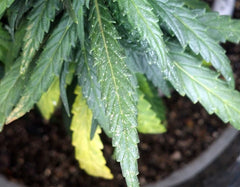
Spider mites
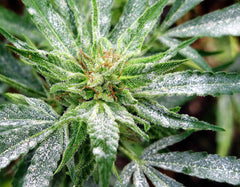
Powdery mildew
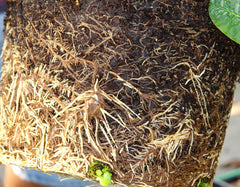
Root rot
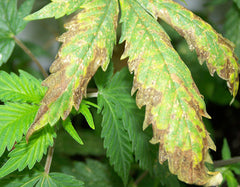
Nutrient burn
The ideal temperature for cannabis depends on the growth stage it is in. Plants have biological clocks that determine their sensitivity to temperature.
Seedling Stage: 75° F -80° F
Vegetation Period: 75° F -85° F
Flowering: 68° F -75° F
There is a difference between the night and the day temperature. Usually, you end up having to properly cool your room because your lights give off a fair amount of heat, but at night your lights are off, so your temperature drops when that happens. Cannabis plants are happy with slightly cooler temperatures when the grow lights are off (their "night"). However, when the temperature difference between day and night is too large, it will lead to stem elongation. You have to monitor your temperature during the day and night, and just make sure that your temperature swings aren’t more than a 15° F difference.
Be aware that grow lights, such as HID lights, emit a lot of heat when they are on. Optimizing your light is very important. And the carbon dioxide concentration in the room will also affect the heat loss. Growing indoors, with the right carbon dioxide levels and the right temperature range can boost cannabis growth. But the increase in the concentration of carbon dioxide in the atmosphere prevents the loss of heat and causes the greenroom to experience a sensible increase in temperature, which is known as the "greenhouse effect".
To make sure the temperature inside your grow room is kept at an optimal level, you need a thermometer to help you monitor the temperature. If you have a large grow room, you may need several or more thermometers to monitor the temperature in different areas; if you are only growing in a small grower, then one thermometer will suffice.
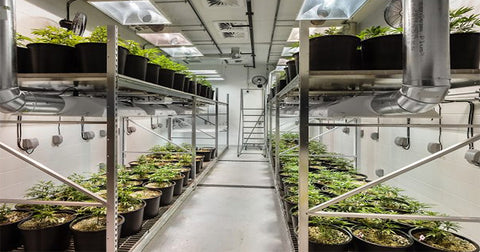
There are some ways you can adjust the temperature of your grow room:
- Maintaining ventilation can fully exchange outdoor and indoor air, bringing a certain cooling effect.
- Air conditioners can cool down to lower the indoor temperature and keep it at a relatively suitable temperature level.
- Use a heater to warm your room. For greenhouse production, make sure you have enough heating capacity for winter conditions.
- HVAC is a control system that includes temperature, humidity, air cleanliness, and air circulation. Choosing an HVAC system is a great option if you're on a budget.

2vzi52
3ui0cv
muwbhy
8t0ixz
ma5a4g